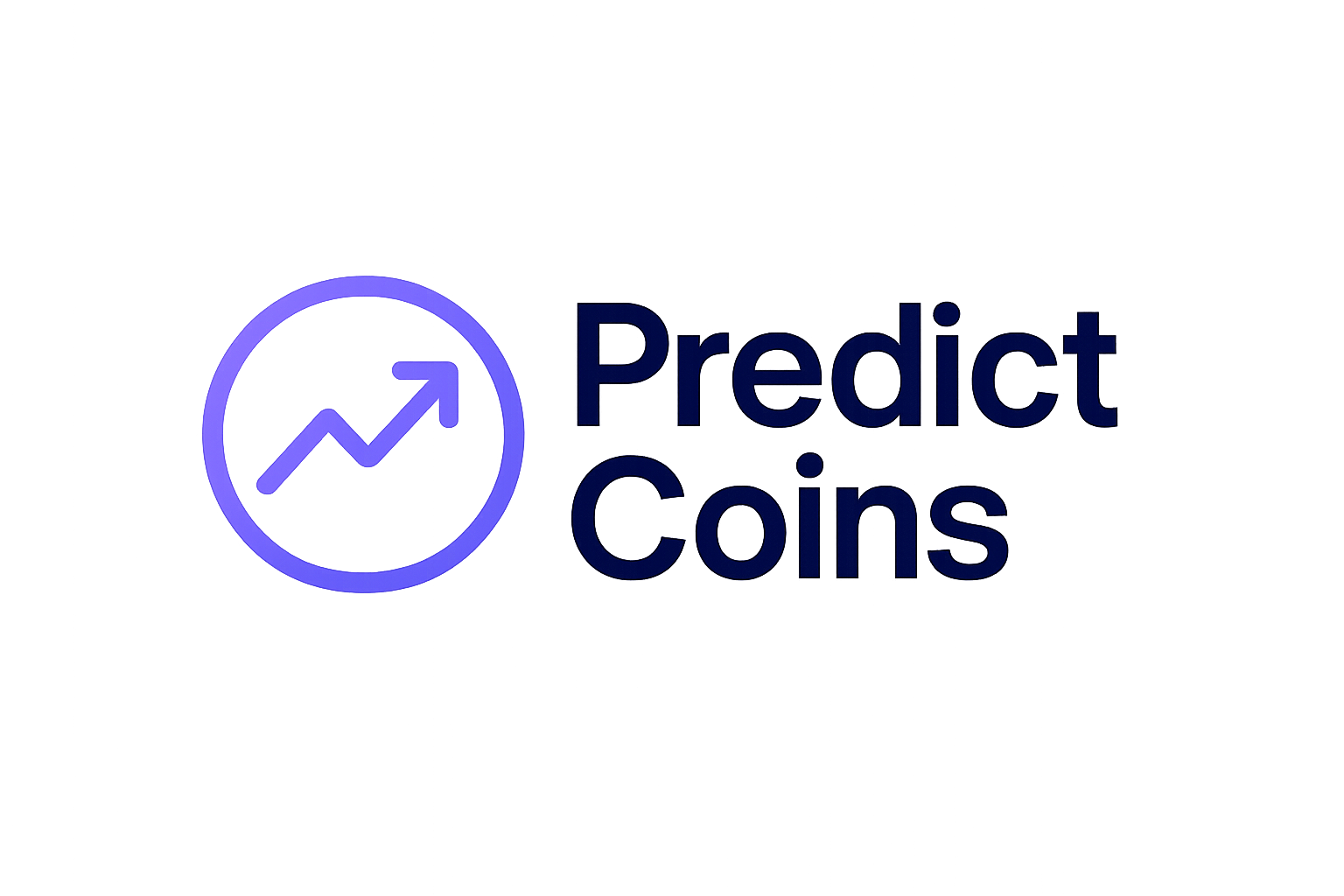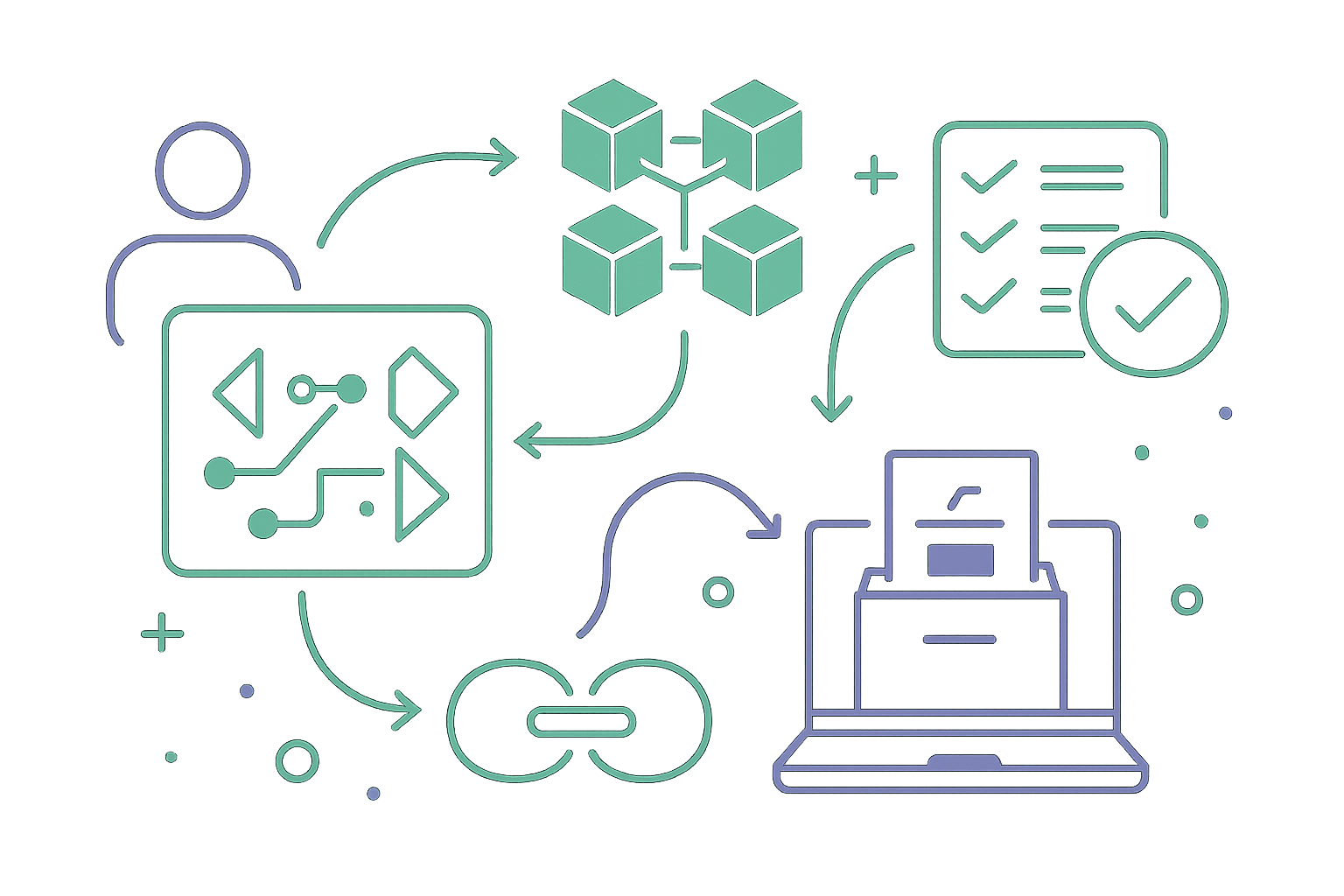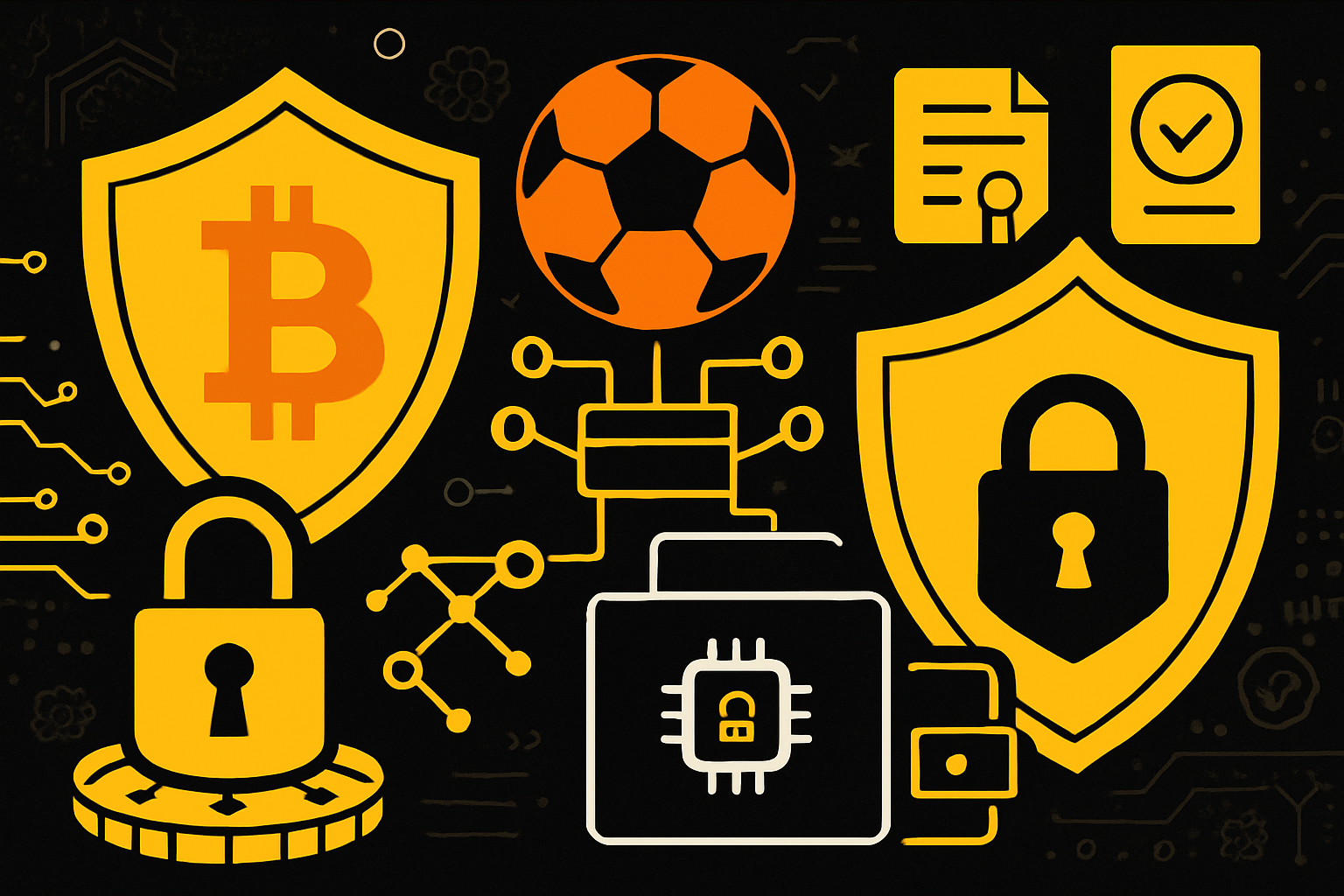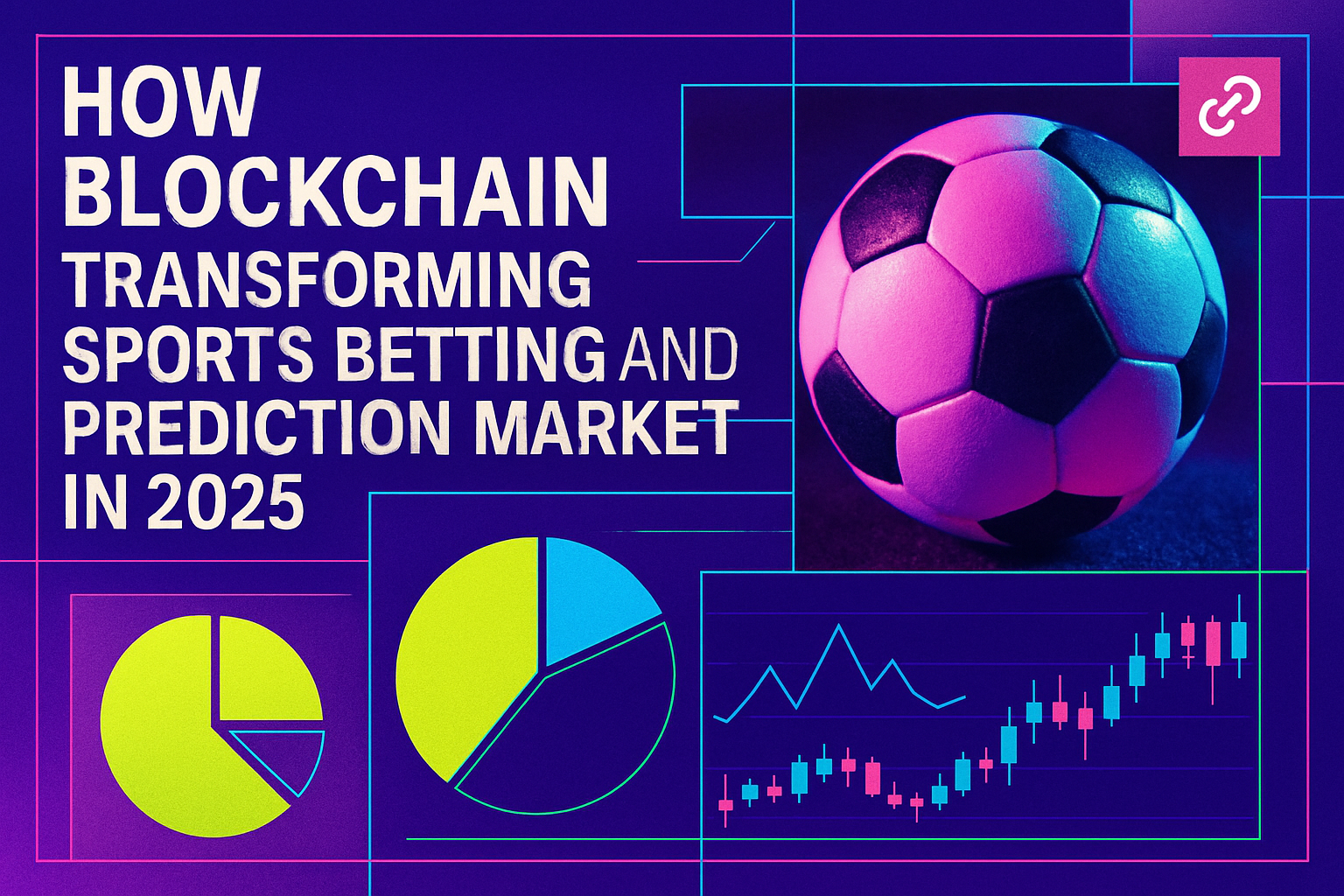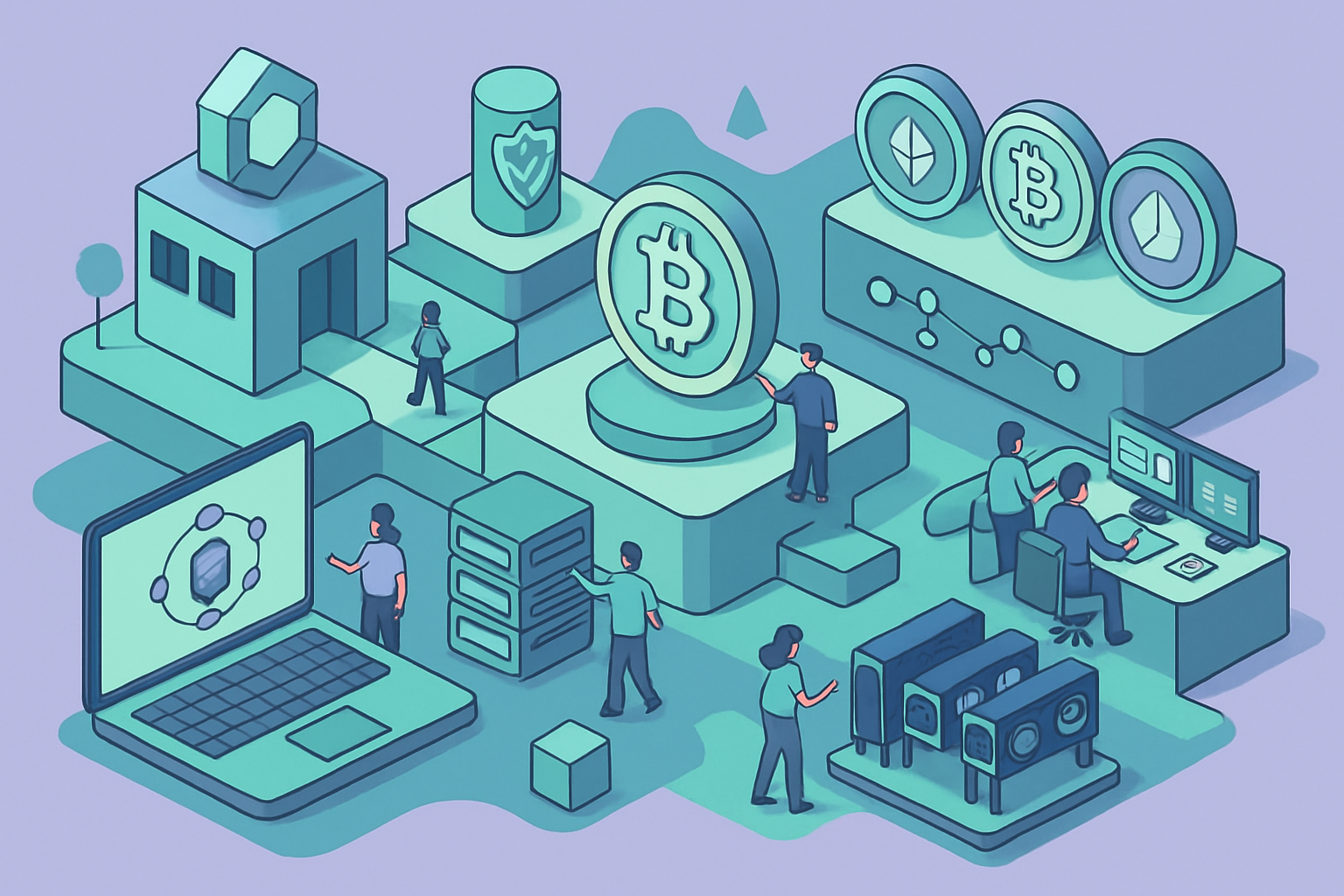The Psychology of Probability: How Prediction Markets Change How We Think About Odds

Step into the world of prediction market psychology and you’ll quickly realize: it’s not just about numbers, it’s about how we think. Whether you’re betting on a tight election, a crypto price swing, or the outcome of a championship game, your perception of probability is constantly being shaped, and sometimes distorted, by both your own mind and the collective wisdom (or folly) of the crowd.

The Human Mind vs. Mathematical Probability
Let’s get real: humans are notoriously bad at estimating odds. Cognitive science shows that our brains rely on mental shortcuts, heuristics, that can lead us astray. The representativeness heuristic, for example, makes us judge the likelihood of an event based on how much it resembles our mental model, rather than actual data. This is why people often overestimate the chance of rare events (like hitting a sports parlay or picking a crypto moonshot) simply because they fit an exciting narrative.
Then there’s the infamous gambler’s fallacy: after five coin tosses land heads, we irrationally expect tails next, even though each flip is independent. These quirks in our probability betting mindset aren’t just academic, they cost real money in markets and casinos alike.
Prediction Markets: Incentivizing Rationality
This is where blockchain-powered prediction markets flip the script. By letting users trade contracts whose prices reflect event probabilities, these platforms force participants to put their money where their mouth is. If you think Team A has a 70% chance to win but the market says 50%, you have an incentive to buy in, if you’re right, you profit; if not, you pay for your misjudgment.
This mechanism does more than aggregate opinions, it actively disciplines bias. According to research from the National Institutes of Health (NIH), prediction markets can estimate probabilities for scientific hypotheses at different testing stages with surprising accuracy. In fact, studies show that these markets often outperform individual experts by tapping into collective intelligence and providing immediate feedback loops.
Major Psychological Biases in Prediction Markets
-

Representativeness Heuristic: Participants often judge probabilities based on how closely an event matches a familiar pattern or prototype, rather than on statistical reasoning. This can lead to overestimating the likelihood of outcomes that seem typical or expected.
-
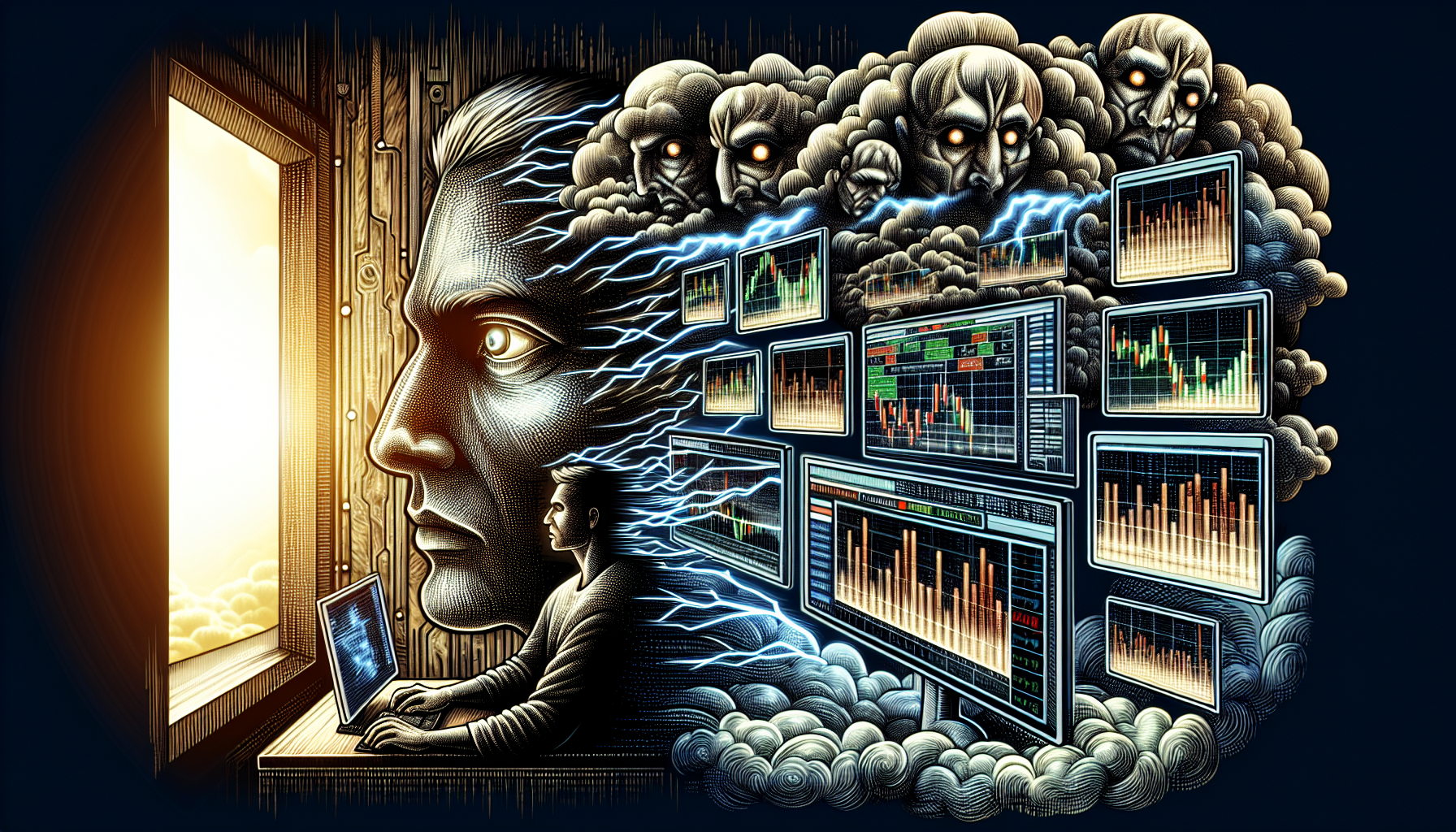
Gambler’s Fallacy: Traders may believe that past random outcomes affect future ones, such as expecting a reversal after a streak, which can skew market prices away from true probabilities.
-
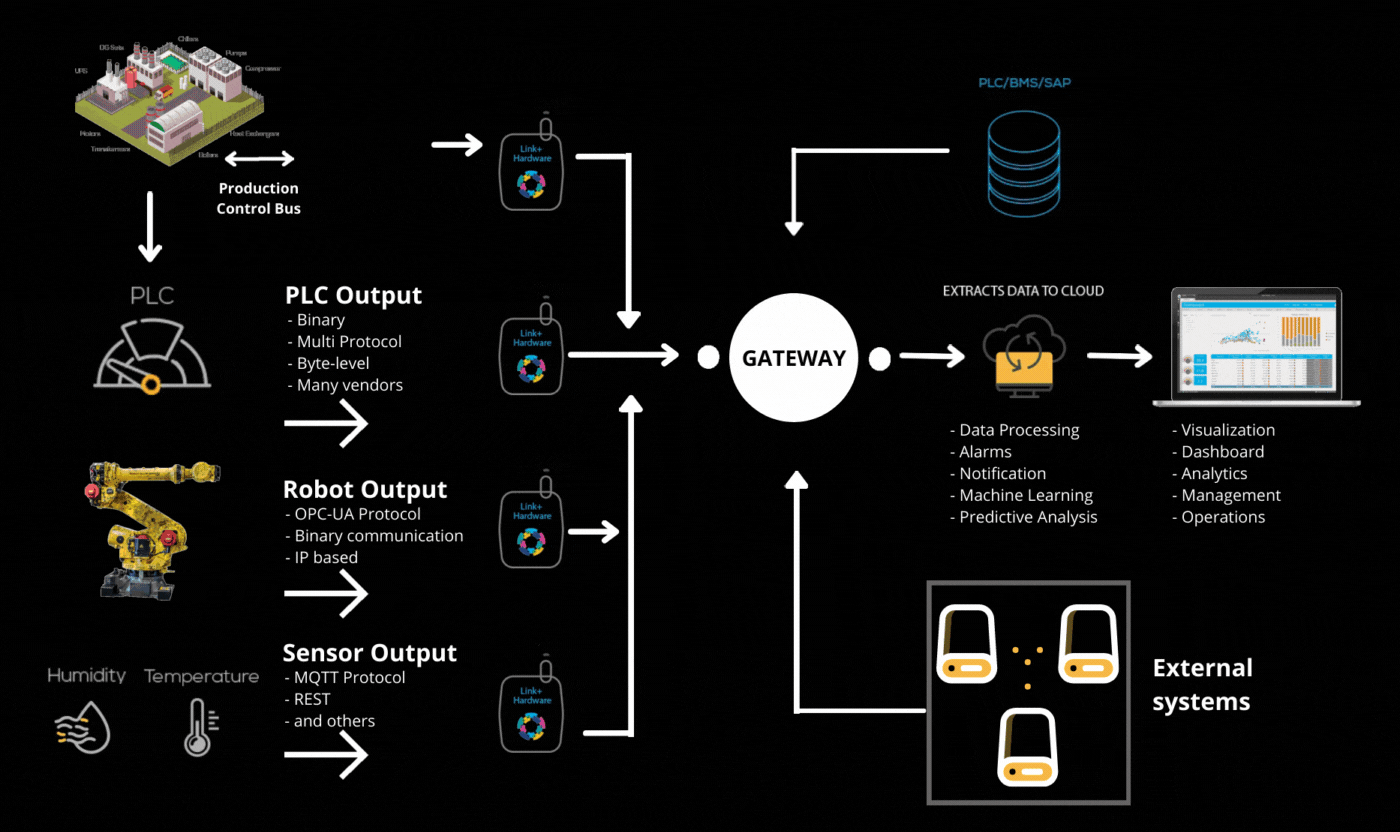
Partition Dependence: The way events are grouped or framed in the market (e.g., combining vs. unpacking outcomes) alters perceived probabilities, even among experienced participants.
-
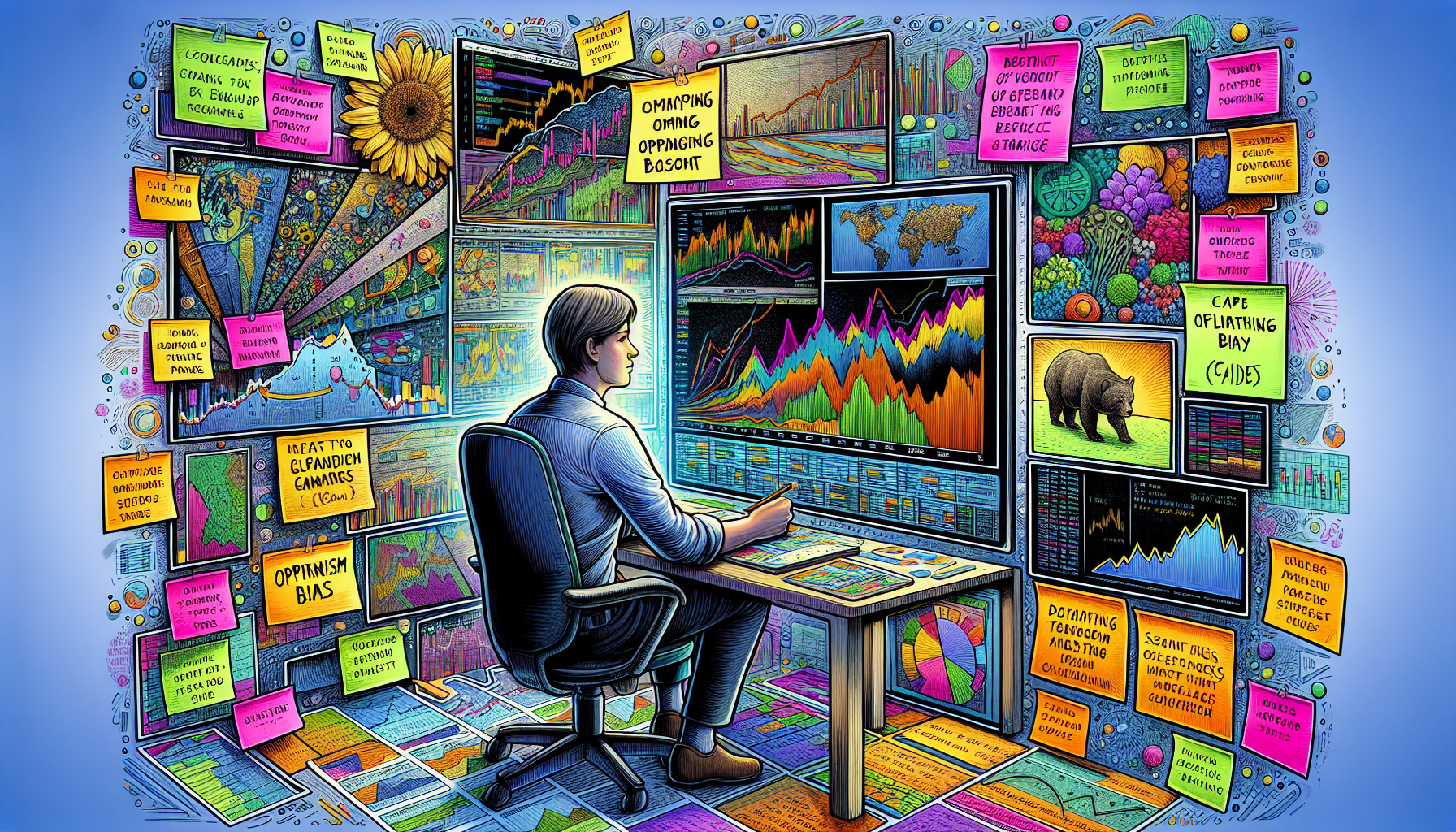
Optimism Bias: Market participants may systematically overestimate the probability of positive or desired outcomes, leading to inflated contract prices for favorable events.
-

Anchoring Effect: Initial price levels or early trades can anchor collective beliefs, causing subsequent probability assessments to cluster around these anchors rather than adjust fully to new information.
The Subtle Art of Framing: Partition Dependence
But don’t be fooled, prediction markets are not immune to psychological pitfalls. One fascinating phenomenon is partition dependence: how an event is framed or split into parts can skew perceived probabilities across all participants. For instance, when outcomes are bundled together (e. g. , “any team except Team X wins”), traders tend to assign lower probabilities than when each option is listed separately.
This subtle bias means even decentralized crypto prediction probability platforms can echo collective misjudgments, especially when market creators choose partitions that nudge traders toward certain beliefs.
Quantifying Beliefs on Blockchain: Why It Matters Now
The rise of blockchain-based platforms like Event Markets has supercharged this evolution by making probability trading more transparent and accessible than ever before. Smart contracts eliminate middlemen and ensure fast settlements, so every bet placed or resolved becomes another datapoint feeding back into the crowd’s consensus.
This isn’t just theory, it’s practice in motion as millions wager on everything from macroeconomic trends to political upsets using crypto assets. The result? A living laboratory for understanding not only what people believe will happen but also how their beliefs shift under pressure from incentives, information flow, and psychological quirks.
For traders and bettors, this means the odds you see on a blockchain prediction market aren’t just cold math, they’re the real-time pulse of collective human psychology, filtered through the crucible of financial risk. Every price update is a snapshot of how thousands are quantifying beliefs on blockchain, and, crucially, how they’re reacting to new data or sudden shocks in sentiment.
But what happens when the wisdom of the crowd goes wrong? Studies from institutions like Duke University and NBER highlight that even with real money at stake, markets can systematically overestimate probabilities for unlikely events, a phenomenon known as optimistic bias. This is especially visible in low-probability, high-payout scenarios (think underdog bets or black swan macro events) where hope and hype sometimes trump sober analysis.
Yet, unlike traditional betting or polling, prediction market prices are self-correcting. If a probability gets out of line with reality, or with new information, arbitrageurs and sharp bettors step in to exploit mispricings. Over time, this tug-of-war between bias and rationality pulls prices toward better calibration. That’s why these markets have become go-to tools for everything from forecasting elections to estimating scientific reproducibility (NIH). The more liquid and transparent the market, the more reliable its signals become.
Practical Takeaways: Mastering Your Probability Betting Mindset
So how can you sharpen your edge as a trader or bettor on platforms like Event Markets? Start by recognizing your own cognitive traps: Are you overreacting to recent news (availability bias)? Assigning too much weight to vivid but rare outcomes? Or getting nudged by how choices are presented?
Next, treat every price not as gospel truth but as an evolving consensus, a signal that’s only as good as the information and incentives behind it. Use market prices as a benchmark for your own analysis, but don’t be afraid to take contrarian positions if you spot irrational exuberance or panic in the crowd.
- Stay data-driven: Track how odds move after major news breaks or regulatory shifts.
- Diversify your insight sources: Blend quantitative models with qualitative reads from social media sentiment.
- Leverage blockchain transparency: Monitor transaction flows and big bets for early signals of shifting consensus.
The future of probability betting is decentralized, and it’s only getting smarter. As more users flock to crypto-powered markets and liquidity deepens, expect even sharper odds and faster feedback loops between belief and reality. But remember: The most profitable edge isn’t just knowing what will happen, it’s understanding how people think about what might happen.
